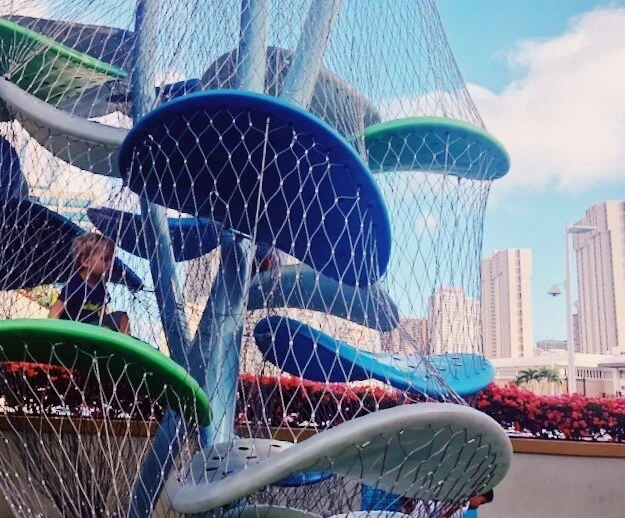



As a trained environmental psychologist, I study the interplay between individuals and their surroundings. My design priorities are to make spaces democratic for all users as well as to reflect the histories of a place. For instance, how can a kitchen be designed in such a way where items are reachable regardless of height or ability so that everyone can equally cook and clean? Extending this philosophy to public spaces, what policies and practices allow for a place to truly be welcoming to all and what processes need to be facilitated so that community members can authentically participate in the design process?

I facilitate design processes with communities interested in making their public spaces more open and democratic. I’ve co-organized large charrettes, pop-up placemaking interventions, and participatory design processes with communities worldwide.
My superpower is building collaborations between unlikely partners. I am especially interested in child-friendly city design, informal economies in rural places, and designing for public health.

Object Histories is my interior design firm that draws from the Japanese tradition of kintsugi - treating breakage and repair as part of the history of an object, rather than something to disguise. I “mindfully mend” anything from kitchen countertops to tables to chairs in order to reduce waste and also to honor the history of an object. In my work, I also explore the notion of “home as public space”. In rural areas, where there is a lack of public spaces available, home becomes the center of community. For example, a communal bread oven or play area placed at a family’s home has the potential to transform how neighbors interact with one another.